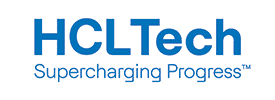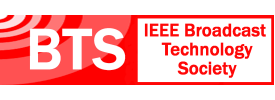- About
- Members
- Sponsors
- Subcommittees
- Technical Documents
- News
- Events
- Spotlight ATSC 3.0
- Contact Us
- Member Login
- Member Meetings
- Advanced Search
Search Site
Member Links
- About
- Members
- Sponsors
- Subcommittees
- Technical Documents
- News
- Events
- Spotlight ATSC 3.0
- Contact Us
- Member Login
- Member Meetings
- Advanced Search
A/111, Design Of Synchronized Multiple Transmitter NetworksApproved: 18 September 2009
Many of the challenges of radio frequency transmission are the same regardless of whether the information carried is in analog or digital form. Because of the signal processing applied when the information carried is digital, however, there are techniques to overcome some of those challenges that are more applicable to digital signals than to analog signals. Among such techniques is the use of multiple transmitters in Single Frequency Networks (SFNs) and Multiple Frequency Networks (MFNs). In the past, SFNs have been considered mostly for applications in multi-carrier systems such as those using COFDM modulation. This Recommended Practice applies SFNs to the single-carrier 8-VSB system adopted by the ATSC and the FCC but has not been updated yet to reflect the additional techniques needed to support Mobile DTV (as documented in A/153).
SFNs can be implemented with Digital On-Channel Repeaters (DOCRs), with Distributed Transmitters (DTxTs), with Distributed Translators (DTxRs), or with a combination of them. MFNs generally involve the use of translators. This Recommended Practice examines all three types of transmitters used in SFNs and MFNs and then concentrates on the design aspects of SFNs in the absence of A/153 enhancements.
Download A/111:2009, “Design Of Synchronized Multiple Transmitter Networks”, approved 18 September 2009.
Subscribe to our Newsletter
Subscribe to The Standard, our monthly newsletter, to stay up-to-date with ATSC news and events around the world.
Site Links
Contact Us
ATSC
1300 I Street NW, Suite 400E
Washington, DC 20005 USA
Do you have questions about ATSC?
About ATSC
ATSC, the Broadcast Standards Association, is an international, non-profit organization developing voluntary standards and recommended practices for digital terrestrial broadcasting. Serving as an essential force in the broadcasting industry, ATSC guides the seamless integration of broadcast and telecom standards to drive the industry forward. Currently, the ATSC 3.0 Standard is providing the best possible solution for expanding the potential of the broadcast spectrum beyond its traditional application to meet changing needs. From conventional television to innovative digital data services, ATSC has one clear goal: to empower the broadcasting ecosystem like never before.
© 2025 ATSC





































